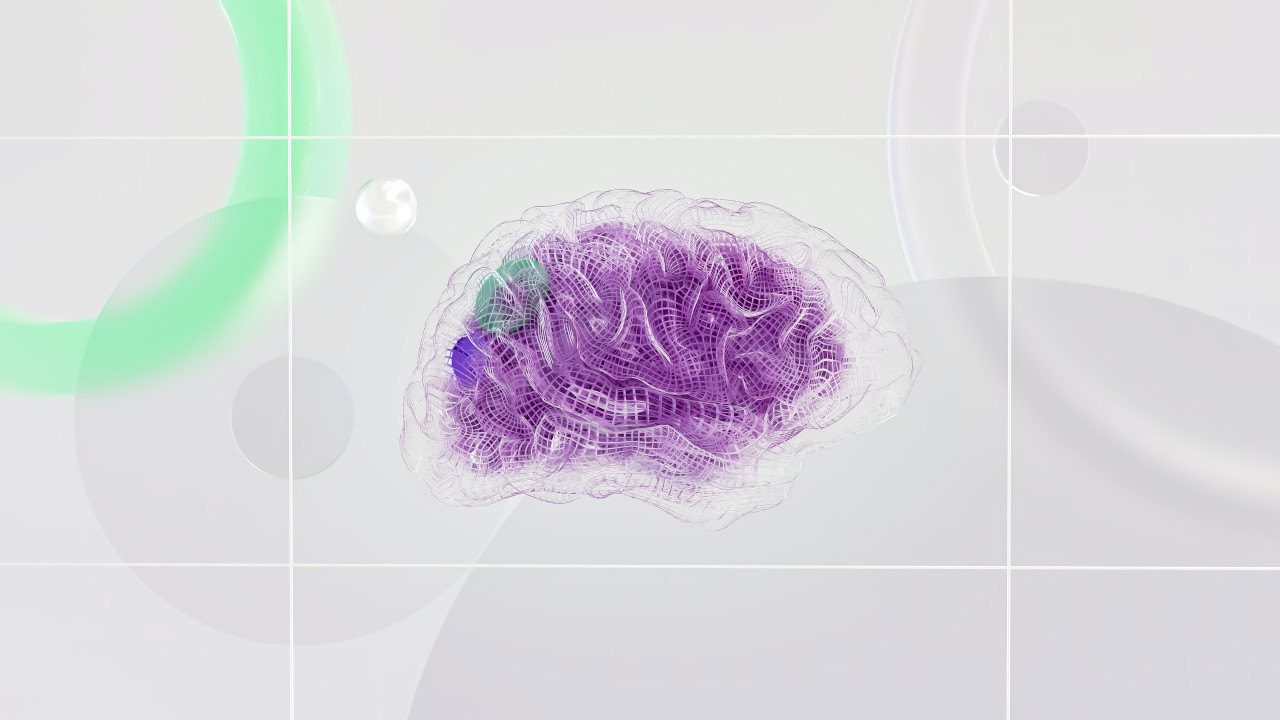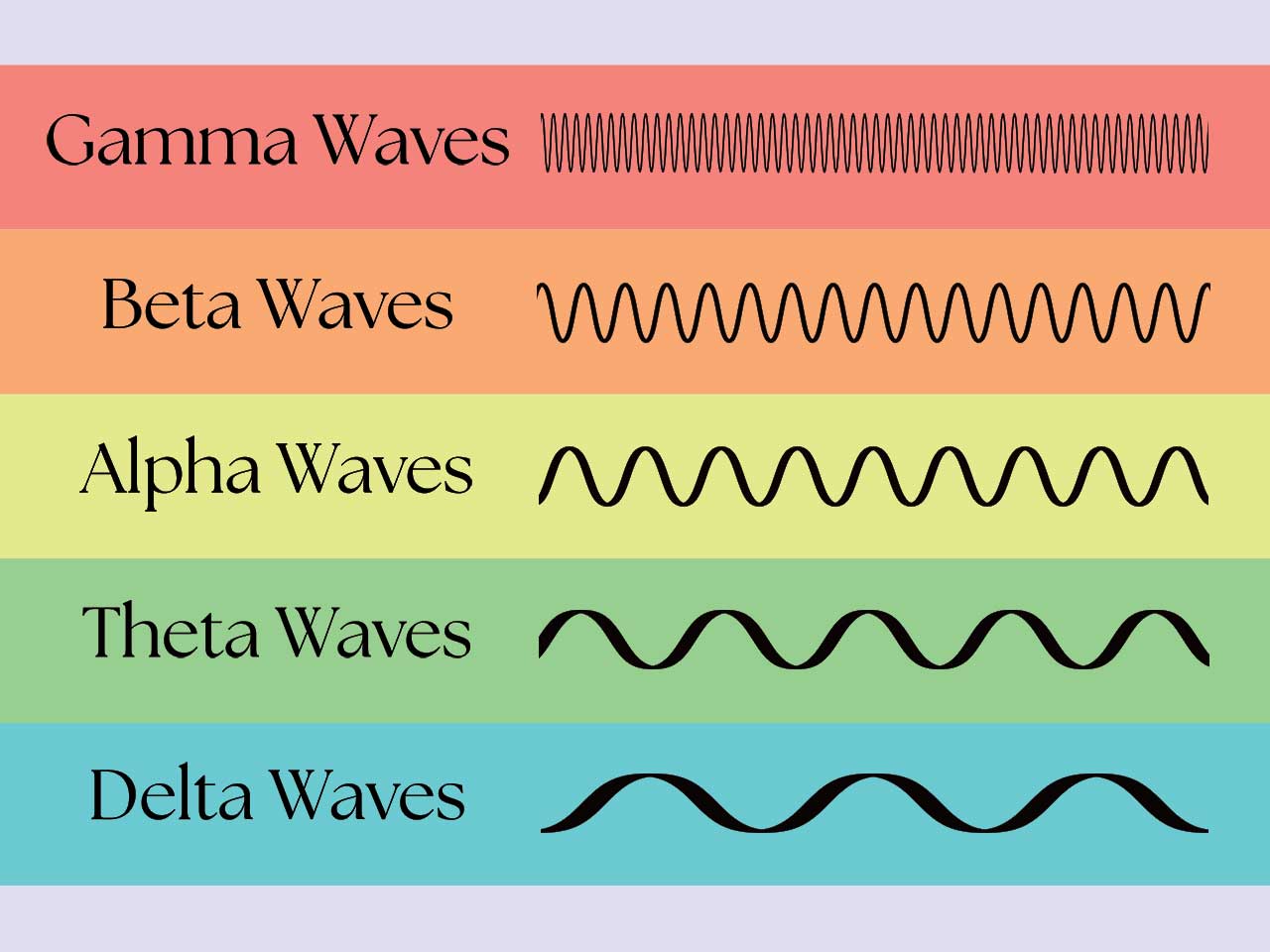In March 2025, Interaxion came out with the new Muse S Athena (Gen 3), which is the first consumer wearable to integrate EEG (brain activity) and fNIRS (blood flow) sensors in a single neurofeedback device.
I was really excited to get a Muse S Athena in my hands and I’ll be posting a review of this groundbreaking EEG + FNIRS neurofeedback device soon.
In this guide, I want to explain the new fNIRS (Functional near-infrared spectroscopy) neurofeedback technology that they have integrated with EEG (Electroencephalography) technology.
Basically, fNIRS allows the Muse Athena to track blood flow, which makes the sensors less sensitive, which makes it easier to train focus with more interactive, eyes-open training modes.
Previously, both EEG and fNIRS neurofeedback devices required you to put a cap or band on your head but now with inexpensive consumer devices like the Muse Athena, you can wear a comfortable headband and train from the comfort of your home.
Let’s explore what both EEG and fNIRS do in terms of brain training, how they differ in their measurements of the brain, and the advantages of having both of them together in a single neurofeedback device.
What EEG Measures (Brain Waves)
Neurons are the basic units of the brain—there are close to 86 billion of them, with something like 100 trillion connections between them.
These neurons are electrically charged, constantly exchanging ions across their membranes, and firing action potentials down their axons, which branch out to greet other neurons throughout the brain.
When a signal reaches the end of an axon, it prompts the release of neurotransmitters like dopamine and serotonin. Those chemicals then bind to another neuron and influence the charge over there.
This produces a lot of electrical chatter, ripe for measurement. An EEG headset places a number of electrodes on the scalp, which pick up the signals from underneath.
The Advantages and Disadvantages of EEG
All this electrical activity happens under a thick layer of skull and tissue, which can produce noise and unwanted signals. Not to mention that the inner sections of the brain are even more hidden from view.
The EEG (Electroencephalography) struggles with this problem. What you get with EEG is the activity from the outer surface of the brain, and each electrode channel picks up the activity of a quite large population of neurons, making its spatial resolution poor.
Where it excels is in the temporal domain. Electricity is fast, and the EEG is great at spotting all the subtle variations in timing.
This makes the EEG ideal for recording brain waves, a rhythmic feature that highlights which areas of the brain are more active than others, and scales with our alertness—slow waves occur when we’re tired or sleeping, fast waves when we’re focused and active.
What fNIRS Measures (Blood Flow)
Neurons require energy to maintain their activity, and blood supplies it. An fNIRS (Functional near-infrared spectroscopy) device will measure this ‘hemodynamic’ activity by looking at levels of oxygenated and deoxygenated blood flow.
Like the EEG, you wear a cap or band around your head, but where EEG passively records signals the brain produces, fNIRS first needs to send a signal into the brain.
The signal it sends is near-infrared light, which is just outside the range our eyes can pick up, with longer wavelengths typically between 600 – 1000 nm.
At this frequency, biological tissue is partially transparent, allowing light to pass through and penetrate further into tissue (a few centimetres).
Some light will be absorbed, while much of it scatters back, allowing for measurement. Oxygenated and deoxygenated blood absorb different spectra of light, thus you can get a picture of the hemodynamics.
Advantages and Disadvantages of fNIRS
Changes in oxygenated blood flow are quite a lot slower than the electrical chatter picked up by the EEG.
For that reason, fNIRS lags behind in the temporal domain, on the order of seconds compared to the milliseconds of an EEG. It isn’t going to help pick up the clarity of brain waves that make EEG a popular option.
However, in the spatial domain, fNIRS has the advantage. While it cannot record activity in the inner structures of the brain, it can record activity 2 cm deep, which is further than the EEG.
It can also record more precise localised activity, around 2-3 cm, where EEG might be limited to between 5-9 cm—it’s not going to pick up individual neurons of course, but it will offer more clarity than the large summed activity of an EEG.
How Do EEG And FNIRS Compare?
As noted in a recent review of EEG and fNIRS:
“EEG has poor spatial resolution while presenting high temporal resolution. In contrast, fNIRS offers better spatial resolution, though it is constrained by its poor temporal resolution.”
If what you’re after is an understanding of brain waves, to track alertness or sleep, or to train your mind for general levels of calmness and decreased stress, the EEG is likely the way to go.
The advantage in the temporal domain means you get quick feedback on the timing of activity across wide areas of the cortex. It’s a high-level overview.
If you prefer feedback that’s more focused on a particular brain region then fNIRS has the advantage.
This can help with specific activities and mental tasks. The prefrontal cortex is responsible for the executive functions, but it too has distinct regions within it that can be worth focusing on.
If you want to focus on improving cognitive abilities like controlled attention, emotion regulation, or working memory, then fNIRS may be the better option.
EEG Vs fNIRS Consumer Devices
EEG has been around longer than fNIRS, and so currently it tips the balance with the range of devices available.
Some of the more popular are from Muse, Sens.ai, and Neurosity (affiliate links). They range from between $200 to $1,200 and come with games and activities to help train and improve your mental muscles.
When it comes to fNIRS, Mendi (affiliate link) is the main option available today. It’s affordable at $299, and comes in a comfortable headband that records activity from the prefrontal cortex.
Like the EEG options, you connect an app to play games and use neurofeedback to improve your performance. You can also see how your neural activity and oxygenated blood flow changed during each session.
Outside of Mendi the other fNIRS options are more geared towards researchers and professional environments, and require heavier investments.
For instance, there’s a range of fNRIS products from Artinis which you’ll need to request a quote for; or Kernal, which has a couple of headset options that combine both EEG and fNIRS, but cost between $15,600 and $117,200.
As with most technology, however, things are only going to get cheaper and more efficient. Mendi is likely to be joined by other products in the near future, which should bring fNIRS greater availability and popularity.
Here’s a full rundown of the best home neurofeedback devices available now.
Why The Muse S Athena Is The Future of Brain Training
The EEG was developed by Hans Berger in 1924, 100 years ago. I wonder what he would think of the advancements in brain-reading technology available to us today.
The EEG has certainly developed since then, but it’s also been joined by many other options. fNIRS is here, and offers a new way to gain insights into your neural activity.
Here’s why I believe the Muse S Atheta is the future of brain training:
1. EEG + fNIRS technology: The additional tracking of blood flow and oxygenation in the brain allows for deeper, more dynamic cognitive insight.
2. Dual-brain sensor: Affordable home neurofeedback with AI-powered analysis and two different sensors that work together in synergy.
3. Integrated mind-body biofeedback: Can monitor your mind, body, heart and breath for holistic training that provides audio cues to know when you’re in the zone or when your mind wanders.
4. Gamified brain training exercises: Unlike previous Muse devices, the Muse 3 Athena can do mental strength training with an owl that speeds up or slows down based on cognitive effort.
5. Personalized cognitive insights: Track your mental effort, strength and resilience over time with a clear path to improving through cognitive brain training.
6. Lab-grade sleep tracking: Personalized EEG-powered insights including sleep stages, deep sleep, and position tracking with lab-grade precision as well as Muse’s proprietary digital sleep pills technology for falling asleep faster.
7. Helps identify sleep apnea: If you’re waking up tired regularly, you may have sleep apnea (where you stop breathing while asleep). Tracking brain oxygenation and SpO2 levels to aid in identifying potential sleep apnea.
I think the game-changing feature for brain training with the Muse 3 Athena is for improving focus and reducing symptoms of ADHD inattentiveness.
The fNIRS neurofeedback tracking of oxygenated blood flow (HbO2) in the prefrontal cortex is ideal for anyone who wants to improve their focus because it can help improve the brain’s capacity for sustained focus, mental performance and self-regulation.
Having real-time data on oxygenated blood flow can be particularly helpful for strengthening executive function skills such as problem-solving, attention, and planning that are often a challenge for people with ADHD.
By brain training with the Muse S Athena, people who struggle with ADHD or lack of focus can build focus, mental endurance and resilience over time.
You can save 15% by buying the Muse S Athena through my affiliate link, where I get a small commissions that support our free educational content.
- Flow State Training With 20 Flow Triggers For Peak Performance - May 10, 2025
- How The Muse S Athena Works For EEG And fNIRS Neurofeedback - April 24, 2025
- The 10 Best Pomodoro Timer Apps For Remote Workers - April 11, 2025





 This website uses cookies to improve your web experience.
This website uses cookies to improve your web experience.